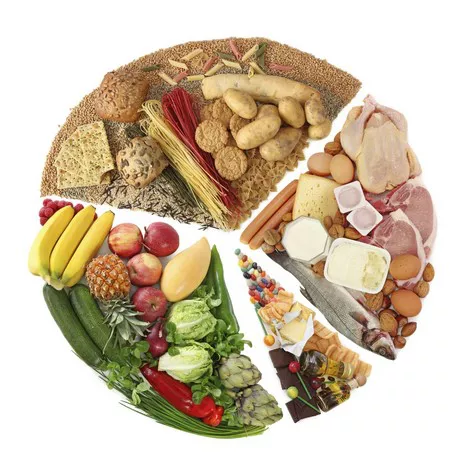Staple eating is an essential aspect of maintaining a healthy lifestyle, yet many individuals are unaware of some sensible practices that can significantly enhance their well-being. In this article, we will explore five lesser-known staple eating practices that, when incorporated into one’s daily routine, can lead to improved health and overall vitality. From mindful meal planning to the benefits of whole grains, each practice contributes to a well-rounded and nourishing diet.
5 Reasonable Staple Food Eating Habits
1. Mindful Meal Planning
Staple eating begins with thoughtful meal planning, a practice that extends beyond calorie counting and restrictive diets. To truly harness the power of staple foods, individuals must adopt a mindful approach to their meals. This involves understanding the nutritional value of different staples and creating well-balanced, diverse meals that cater to individual dietary needs. By incorporating a variety of staples such as grains, legumes, fruits, and vegetables, individuals can ensure they receive a broad spectrum of essential nutrients, promoting overall health and well-being.
2. Balancing Macronutrients in Staple Eating
While many are familiar with the concept of macronutrients, not everyone recognizes the importance of balancing them in staple eating. Proteins, fats, and carbohydrates are the building blocks of a healthy diet, and their proper proportions are crucial for optimal nutrition. A balanced approach ensures sustained energy levels, improved metabolism, and overall well-being. Understanding the sources of each macronutrient and incorporating them strategically into one’s diet is a key aspect of staple eating that can have a profound impact on health.
2. Whole Grains
Whole grains are often underestimated in staple eating, with refined grains taking the spotlight. However, incorporating whole grains into the daily diet can be a game-changer. Unlike their refined counterparts, whole grains retain their bran and germ, providing a rich source of fiber, vitamins, and minerals. From quinoa to brown rice, the diversity of whole grains available offers a multitude of health benefits, including improved digestion, sustained energy, and reduced risk of chronic diseases. Embracing the variety and nutritional richness of whole grains is a sensible staple eating practice that deserves more attention.
4. Seasonal Staples:
Eating seasonally is a staple practice often overlooked in the pursuit of convenience and year-round availability. However, aligning one’s diet with the seasons can bring a myriad of health benefits. Seasonal fruits and vegetables are not only fresher and more flavorful but also packed with nutrients that support the body’s natural needs during different times of the year. By incorporating seasonal staples into daily meals, individuals can tap into nature’s wisdom, promoting a harmonious relationship between their diet and the changing seasons.
5. Mindful Eating:
Staple eating becomes a transformative experience when approached with mindfulness. Mindful eating goes beyond the act of consuming food; it involves savoring each bite, appreciating the flavors, and paying attention to hunger and fullness cues. Turning staple consumption into a mindful ritual can lead to better digestion, enhanced satisfaction, and a greater connection to the food we eat. By fostering a mindful approach to staple eating, individuals can break free from unhealthy eating patterns, leading to a more positive relationship with food and improved overall well-being.
Conclusion
In the realm of staple eating, there is a wealth of practices that go unnoticed by a significant portion of the population. From mindful meal planning to the power of proportion, whole grains, seasonal staples, and mindful eating, these practices can elevate staple consumption from a routine to a holistic approach to nourishment.






















